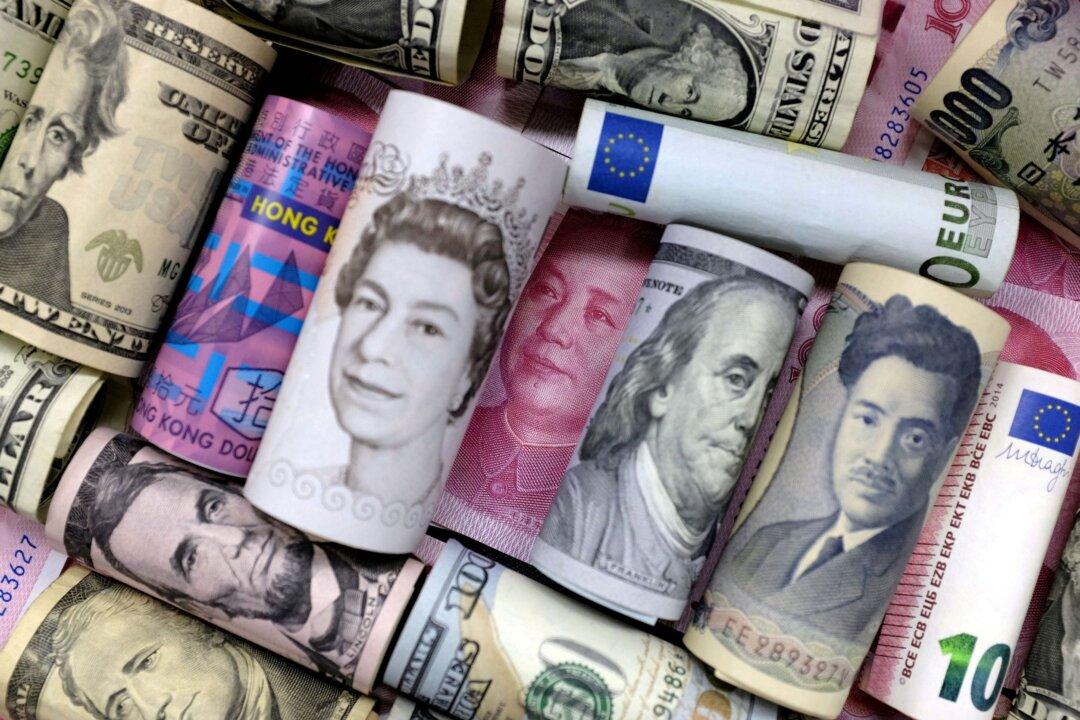LONDON—The Russian rouble tumbled to a record low and European currencies including the euro bore the brunt of selling on Thursday after Russia launched an invasion of Ukraine, sparking dramatic moves across foreign exchange markets.
Investors dashed for safe-haven currencies including the dollar, which jumped 0.9 percent, as well as the Swiss franc and Japanese yen.





